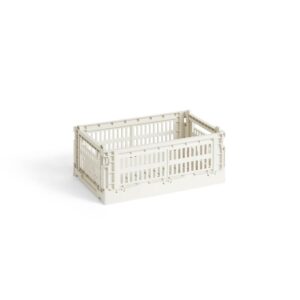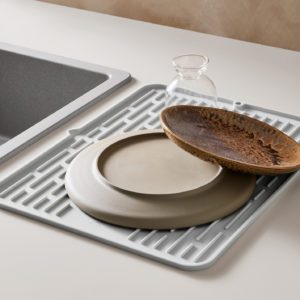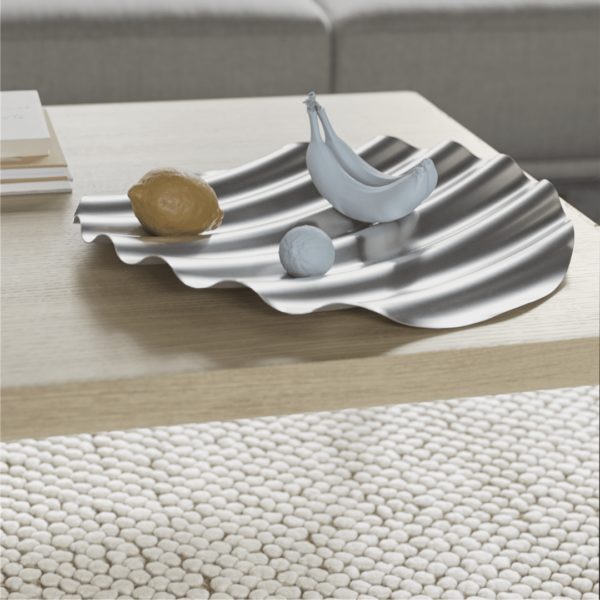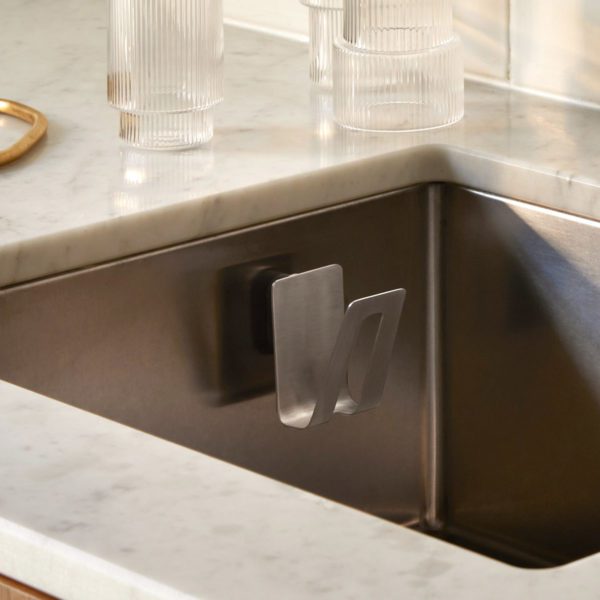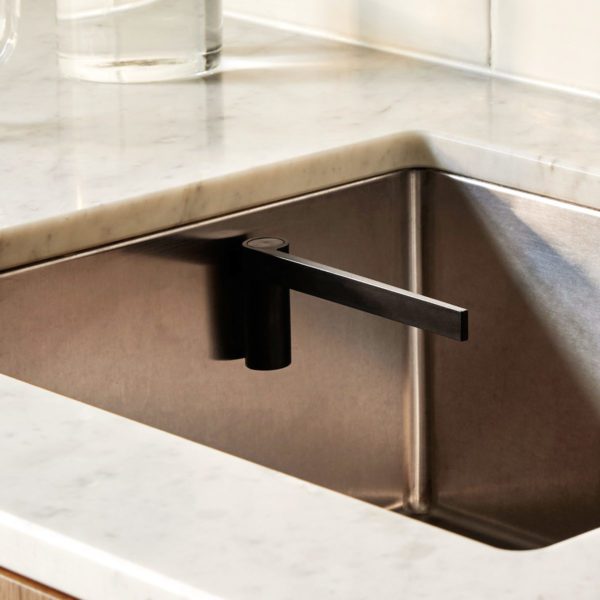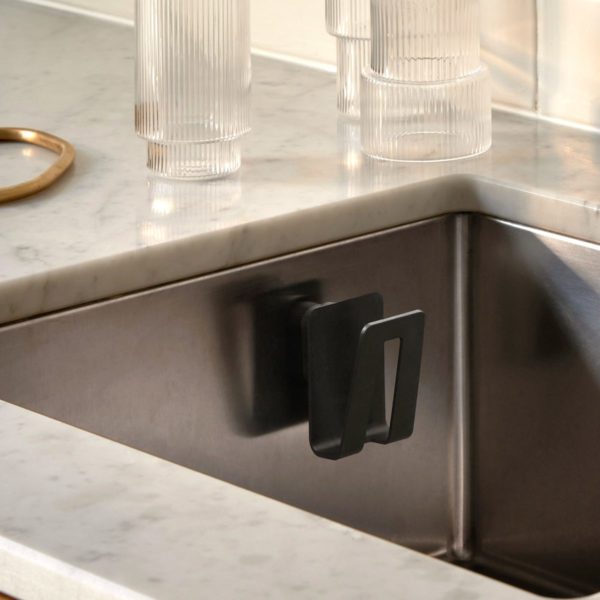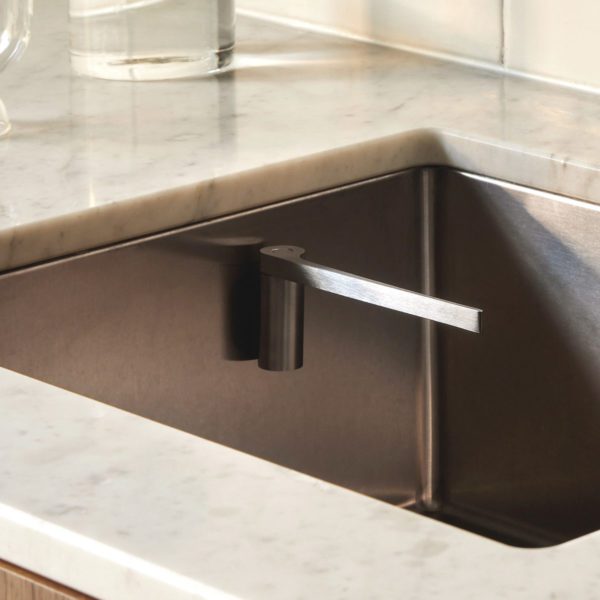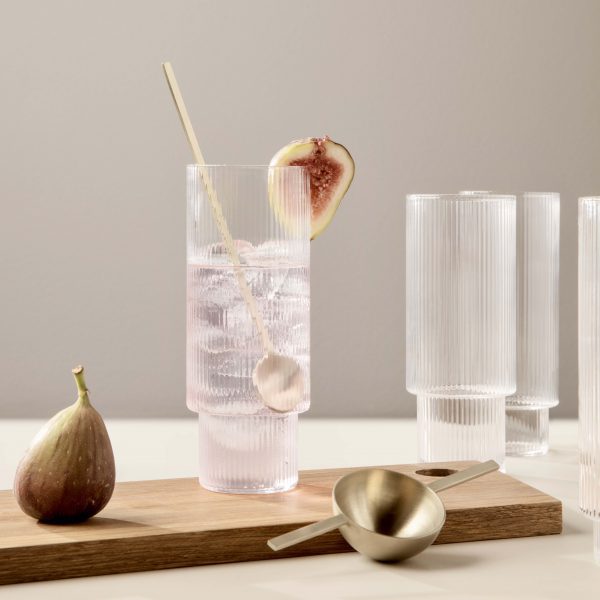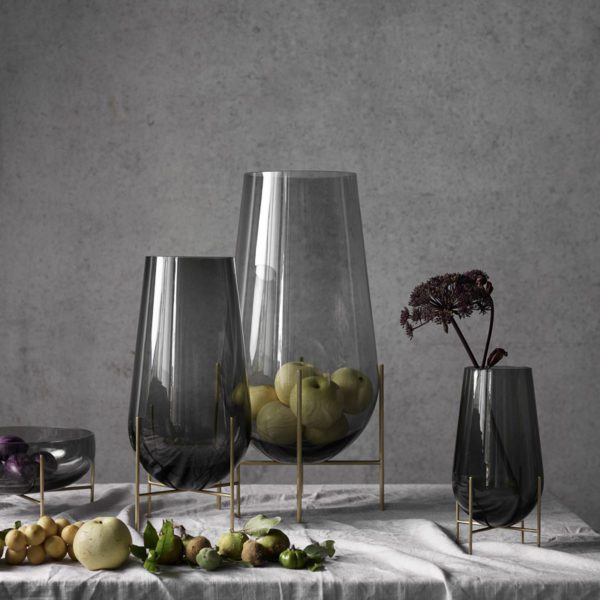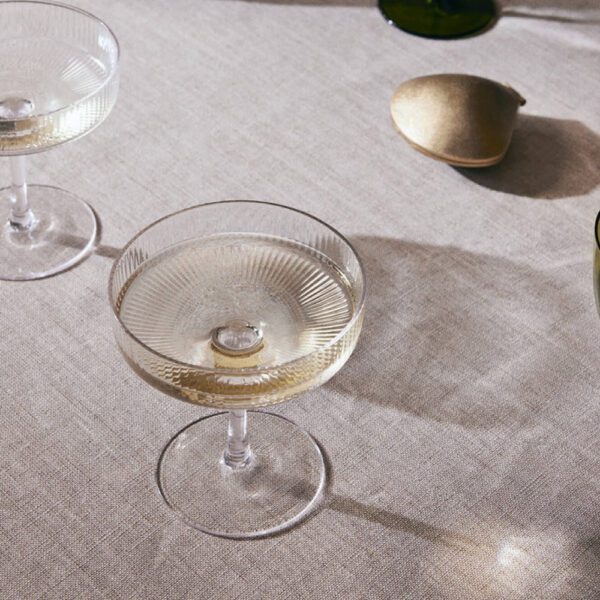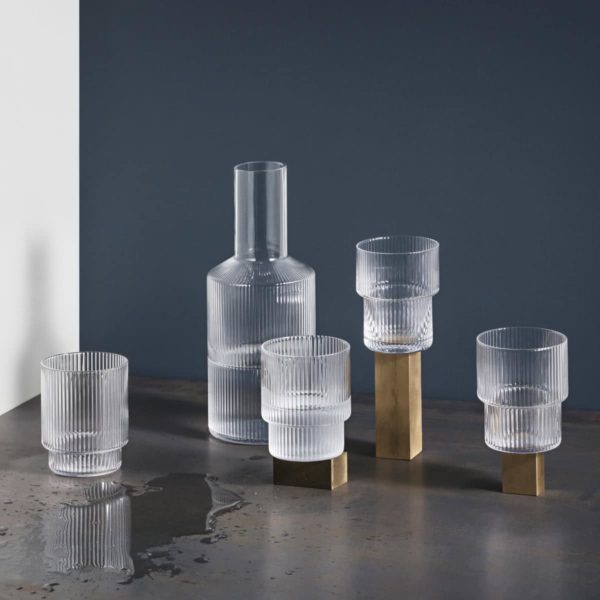Danish design – we live, breathe, and adore it. Rising in popularity in the 1940’s & 50’s, it’s known the world over, filling the lives and homes of many. But why? What is it about Danish design that draws us in and gives our design brains a delicious dopamine hit?
It comes down to a set of consistent principles that guide many design houses. Think of them as design laws – perhaps rules, laws sound kinda hectic – that direct the creative process. Established over decades of work, they provide guidance and keep designers in check – a gentle reminder of the who, what, and how.
There are four Danish design principles that we think truly define the category, and resonate with the modern lifestyle of today. They are: Craftsmanship, Sustainability, Democracy, and Simplicity. Join us as we take a quick dip into each.
Craftsmanship
There are some traditions worth keeping alive. And when it comes to Danish design, craftsmanship slips easily into that category. Techniques that have been around for years and years and years present as design features. It’s all about that attention to detail. Woodworking, glass blowing, and weaving – to name a few – are sought after skill-sets, with some of the finest in their craft employed to produce the very best in Danish design.
-
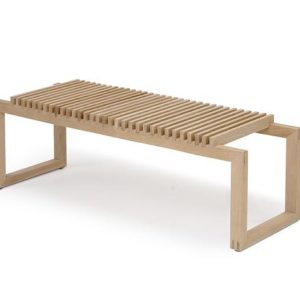 SKAGERAK Cutter Bench, Oak$1,849.90 AUD
SKAGERAK Cutter Bench, Oak$1,849.90 AUD -
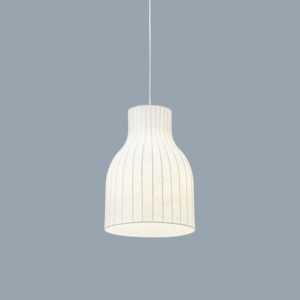 MUUTO Strand Pendant Lamp Ø28cm (Open), White$846.90 AUD
MUUTO Strand Pendant Lamp Ø28cm (Open), White$846.90 AUD -
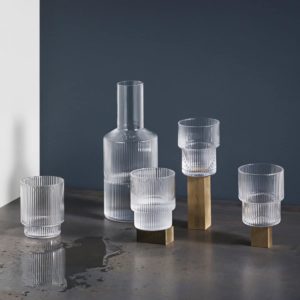 ferm LIVING Ripple Glasses, Clear (Set of 4)$98.90 AUD
ferm LIVING Ripple Glasses, Clear (Set of 4)$98.90 AUD
Sustainability
Danish design is focused on creating for a world worth living in. Consideration for the planet, both present and future, underpins a variety of design decisions, ranging from how something is produced through to what it’s made of. By prioritising high quality and durable materials, a product can exist for many years, reducing the need and desire for mass consumption and waste.
-
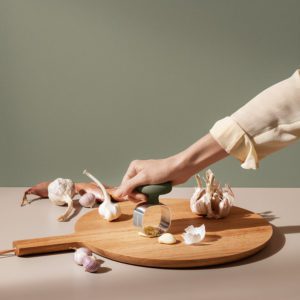 EVA SOLO Green Tool Garlic Masher, Green$59.90 AUD
EVA SOLO Green Tool Garlic Masher, Green$59.90 AUD -
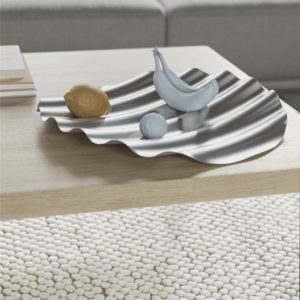 MUUTO Wave Tray, D50cm$434.90 AUD
MUUTO Wave Tray, D50cm$434.90 AUD -
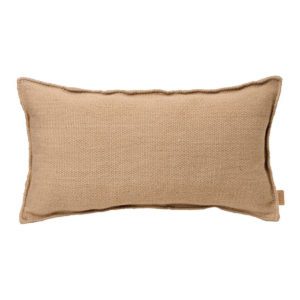 ferm LIVING Desert Cushion, Sand$119.90 AUD
ferm LIVING Desert Cushion, Sand$119.90 AUD -
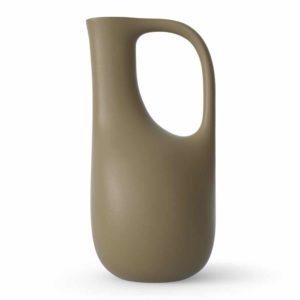 ferm LIVING Liba Watering Can, Olive$119.90 AUD
ferm LIVING Liba Watering Can, Olive$119.90 AUD
Democracy
This one is a little trickier to explain, but can be summarised as being the idea that good design should be accessible to, and used by, everyone. Recognised as a positive force, one changing lives for the better, democratic design can be broken into a few key factors: affordability, sustainability, form, function, and quality. A product that represents many or all of these, can be seen as a piece embodying the essence of design democracy.
Simplicity
Perhaps one of the major drawcards of a piece of Danish design is it’s simplicity. They just work – whether it be a device to hold a kitchen sponge, a doodad to store your teabags, or a sleek vase that perfectly fits your favourite bouquet, functionality tends to shine as a hero feature. This is because Danish design puts the end user first, meandering away from merely satisfying the designer’s vanity. And though function and convenience ranks highly, it’s never at the expense of form
-
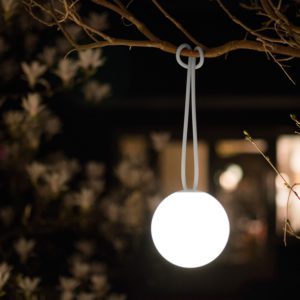 FATBOY Bolleke Lamp, Light Grey$189.90 AUD
FATBOY Bolleke Lamp, Light Grey$189.90 AUD -
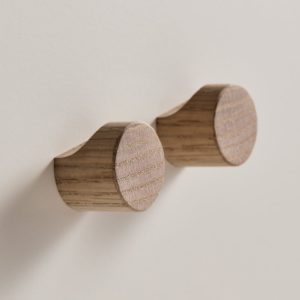 DESIGNSTUFF Crest Hook, Medium, Oak$29.90 AUD
DESIGNSTUFF Crest Hook, Medium, Oak$29.90 AUD -
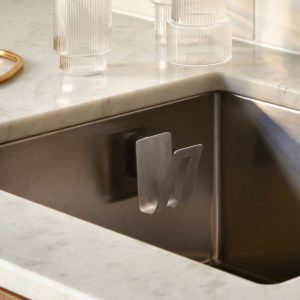 HAPPY SiNKS by MAGISSO Sink Magnetic Sponge Holder, Stainless Steel$79.90 AUD
HAPPY SiNKS by MAGISSO Sink Magnetic Sponge Holder, Stainless Steel$79.90 AUD

